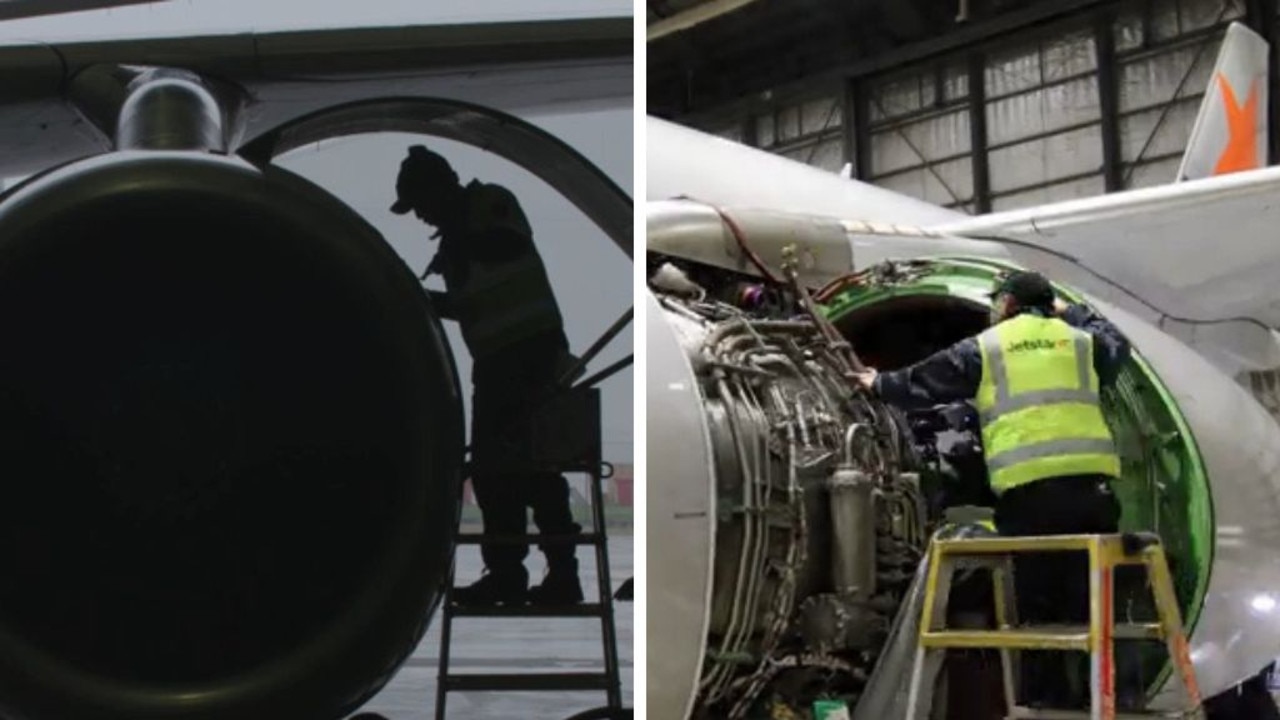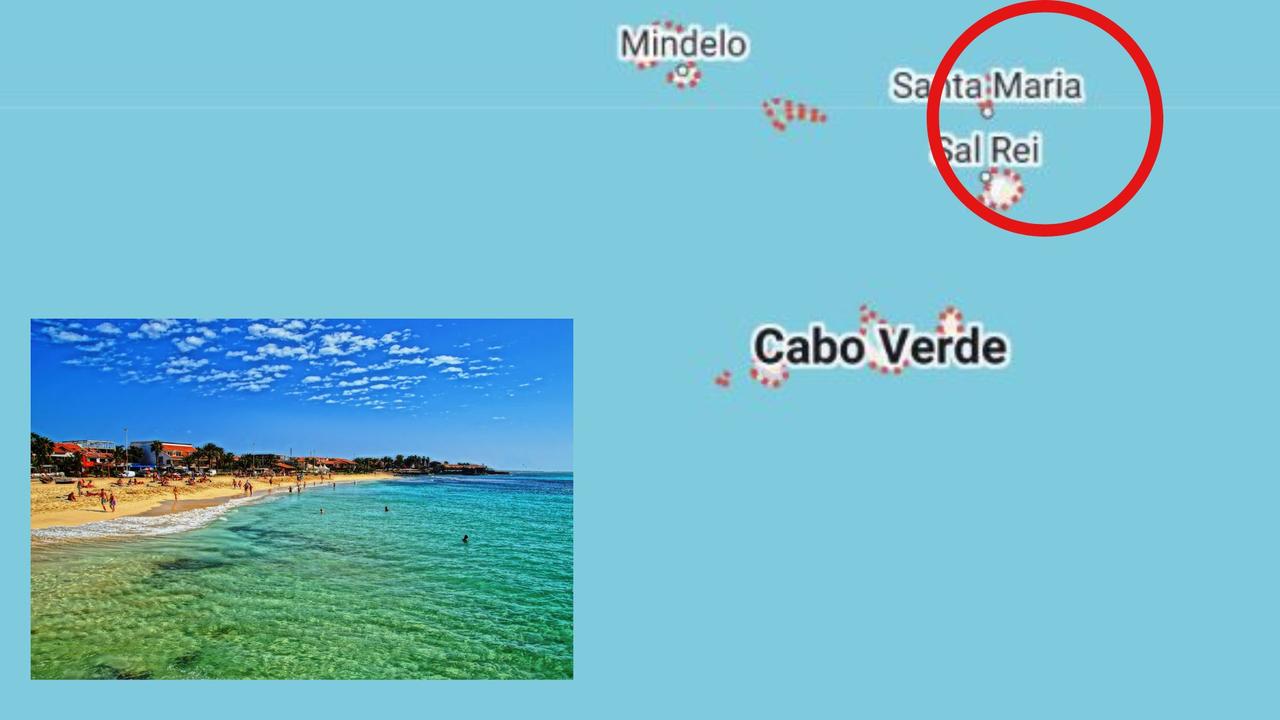Coronavirus Australian Travel Ban: Which countries are safe to visit
As the world braces for a coronavirus pandemic, these are the countries the government suggests travellers should avoid to stay safe.
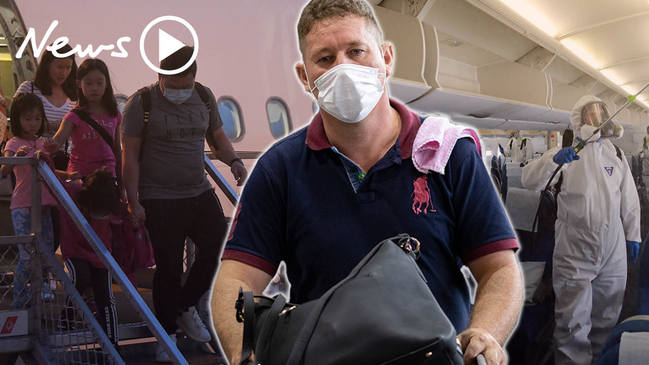
While Australians at home are being urged to go about their business as normal, it’s an entirely different matter for travellers.
Prime Minister Scott Morrison has again increased the Australian travel ban to people coming from Italy, following a similar ban for South Korea, China and Iran.
In addition to the Level 4 warnings now in place for China, Iran, Italy and parts of South Korea, the Department of Foreign Affairs and Trade has raised its advice level for a number of other countries due to the risk of coronavirus transmission.
RELATED: Should you cancel your travel plans
RELATED: Follow our coronavirus coverage
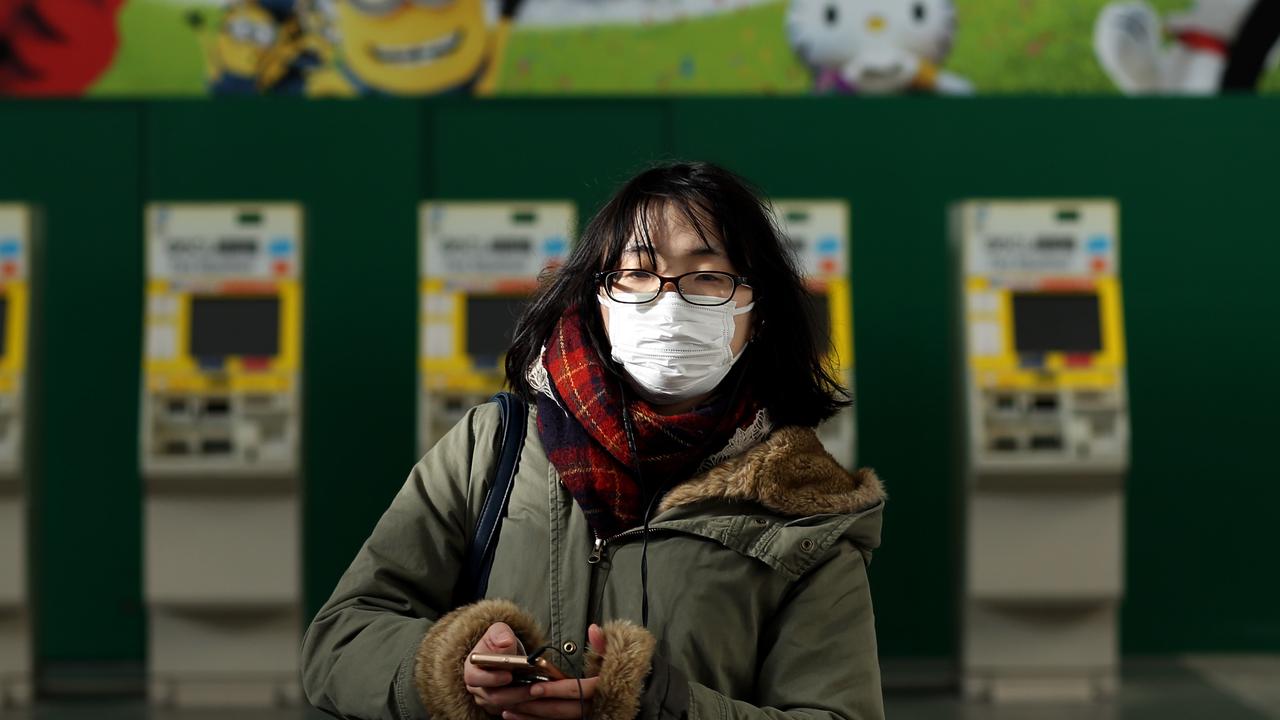
This is the latest advice from DFAT about where it is no longer safe to travel, as well as the countries or regions that have become riskier for travellers due to coronavirus outbreaks.
DFAT said for most other countries — apart from those that have travel warnings for other reasons — Australians should continue to exercise normal safety precautions and should not feel they have to reconsider their trip.
“For the coronavirus, this means taking sensible measures to minimise your risk of exposure such as practising good hand hygiene. It does not mean reconsidering or cancelling your travel plans to these countries,” the department says.
Travellers unsure about whether they should proceed with trip planning should register with smartraveller.gov.au and register for their destination of interest.
LEVEL 4: DO NOT TRAVEL
CHINA
DFAT advises that Australians “do not travel” to China, where the virus originated. It is the highest level of warning on the department’s four-level advice scale.
“We now advise Australians do not travel to China following advice from the Chief Medical Officer of an increased risk of novel coronavirus across all of mainland China,” Foreign Minister Marise Payne tweeted on February 1.
“If you are in China, leave as soon as possible.”
The federal government’s ban on travellers from China arriving in Australia has been extended to March 7, although some concessions have been made for senior high school students.
Australians evacuated from the virus epicentre of Wuhan on government-organised mercy flights were told they had to spend 14 days in quarantine before they could return home.
Many of the world’s airlines, including Qantas, have suspended flights to China and scaled back services across Asia.
There have been more than 80,000 cases of coronavirus in China. The Australian government has extended the China travel ban four times since February 1.
IRAN
The advice for Iran was raised to “do not travel” on February 29 due to a local outbreak of coronavirus.
The virus has so far claimed more than 66 lives among 1501 confirmed cases, which gives Iran the highest virus death rate outside China.
However, the official figures from Iran’s ministry of health have been disputed and there are fears the death toll could be much higher.
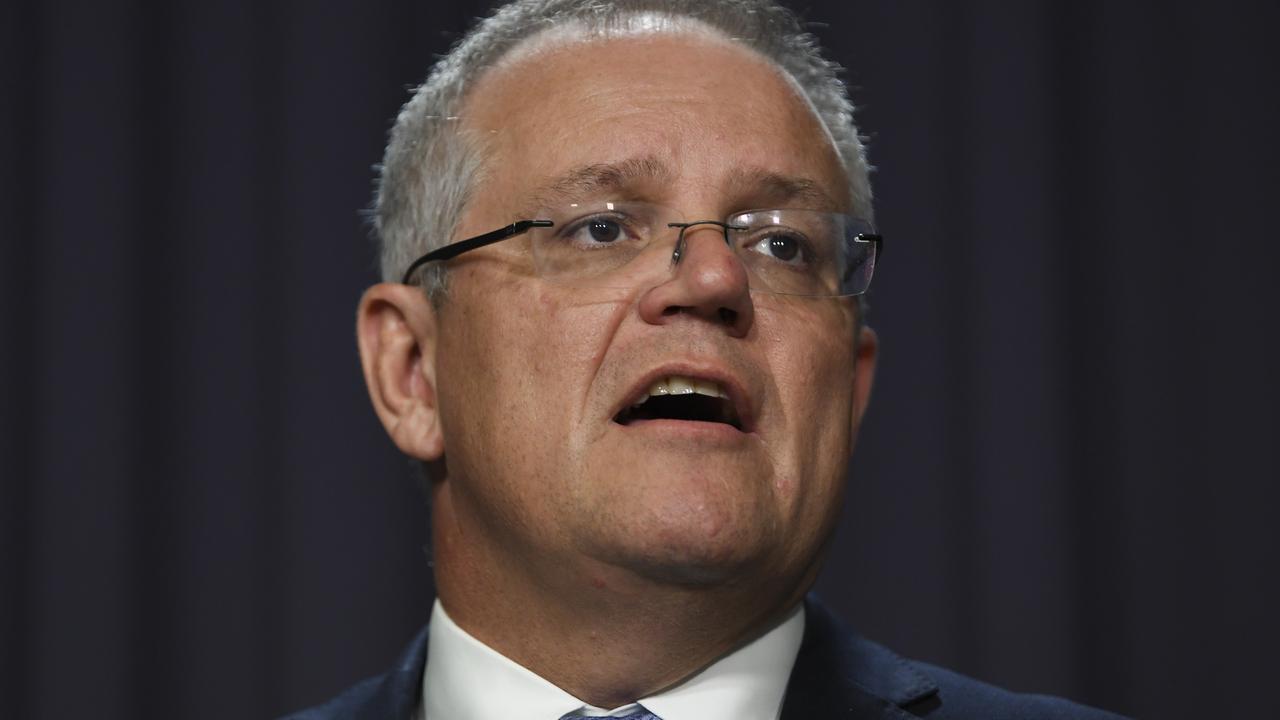
A number of newly confirmed cases of coronavirus in Australia are linked to Iran.
Federal Health Minister Greg Hunt said on Sunday, March 1, any Australian citizens, permanent residents and their immediate family who have travelled to Iran will be required to strictly self-isolate, “consistent” with the decision made in relation to people who visited China.
Australians had already been warned to reconsider travelling to Iran due to the country’s volatile political situation and the risk of conflict, terror attack and the risk of arbitrary detention or arrest of foreigners.
DAEGU, SOUTH KOREA
The advice for the city of Daegu in South Korea was raised to “do not travel” on March 5 due to a growing number of coronavirus cases.
The revised bans will be in place until Saturday, March 14 but the Government will review the situation within a week to determine if the travel restrictions need to be extended further. The remaining areas in South Korea sit at a Level 3 ban, which advises travellers to ‘reconsider your need to travel’.
Mr Morrison said South Korea posed a greater risk to Australia over countries like Italy because it had five times the number of passengers travelling to Australia. The total number of confirmed cases in South Korea is now 5766, including 35 deaths, according to the country’s Centers for Disease Control and Prevention. The outbreak jumped in recent weeks, with most cases reported in the city of Daegu and surrounding areas.
ITALY
On Thursday, the Federal Government announced Italy had been added to Australias travel ban list, after a massive spike in cases in the country and the Italian prime minister putting the country in to lockdown.
Last week, DFAT urged travellers to reconsider visiting 10 small towns in Lombardy (Codogno, Castiglione d’Adda, Casalpusterlengo, Fombio, Maleo, Somaglia, Bertonico, Terranova dei Passerini, Castelgerundo and San Fiorano) and one in Veneto (Vo’Euganeo) that have been isolated by the Italian authorities.
But that lockdown expanded country-wide as of 6pm local time on Tuesday.
Australians returning from Italy will also be asked to self-quarantine if they work in the health or aged care sectors.
Italy has seen a massive spike in coronavirus cases and its death toll jumped from 366 to 463 on Monday. It is the worst-hit country after China.
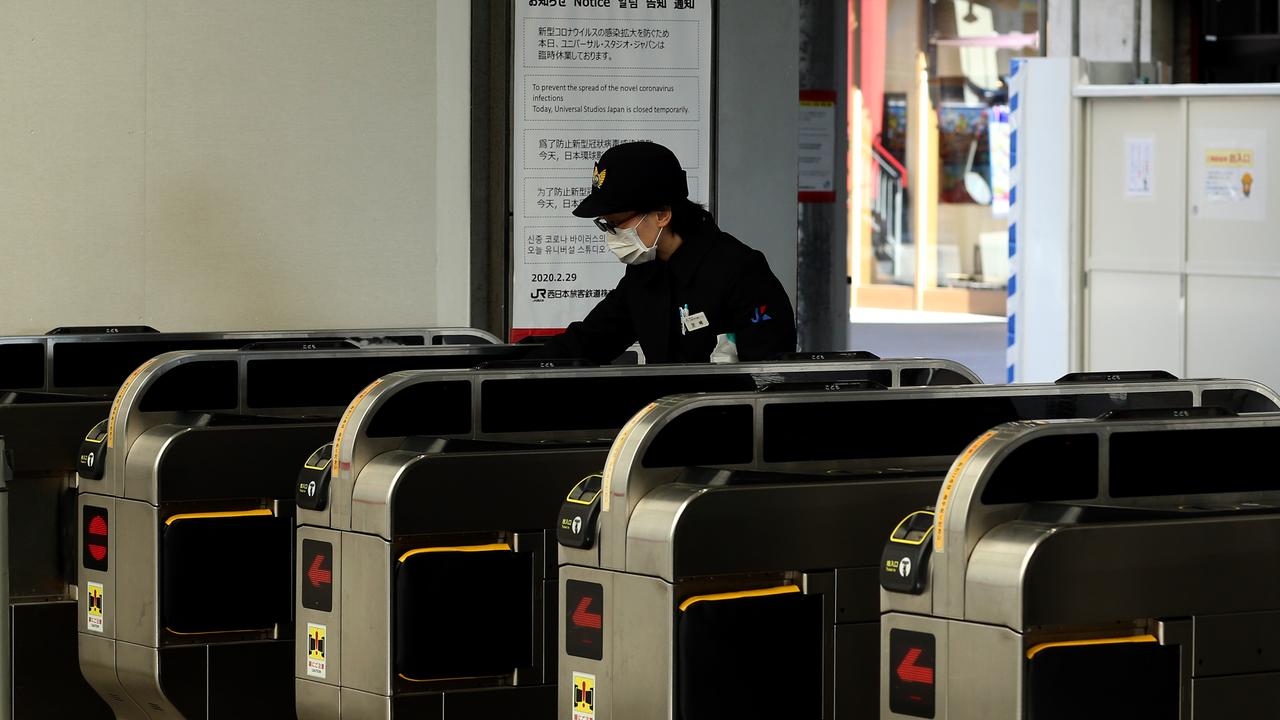
LEVEL 2: ‘Exercise a high degree of caution’
JAPAN
Japan fell into DFAT’s Level 2 warning when the Diamond Princess cruise ship became a quarantine centre after the ship hosted one of the largest outbreaks of coronavirus outside China. More than 700 people who were on-board have tested positive, with 170 Australians assisted to leave the ship after travelling on board.
There had been about 3700 people on the luxury Diamond Princess when it docked at Yokohama on February 4 after a two-week journey around Southeast Asia.
The ship was put in lockdown when it emerged a previous passenger, who had left the ship during a stop in Hong Kong, had tested positive for the virus. Six people on board the ship have died from the virus. A total of 706 passengers and crew out of 3711 on board the Diamond Princess have been diagnosed with coronavirus.
Currently, the Australian government has issued a travel advisory against all non-essential travel to Japan due to health concerns over the spread of coronavirus.
The Japanese government played down speculation over whether the Tokyo Summer Olympics will take place from July 24 to August 9 this year, as the number of coronavirus cases in the country topped 1000.
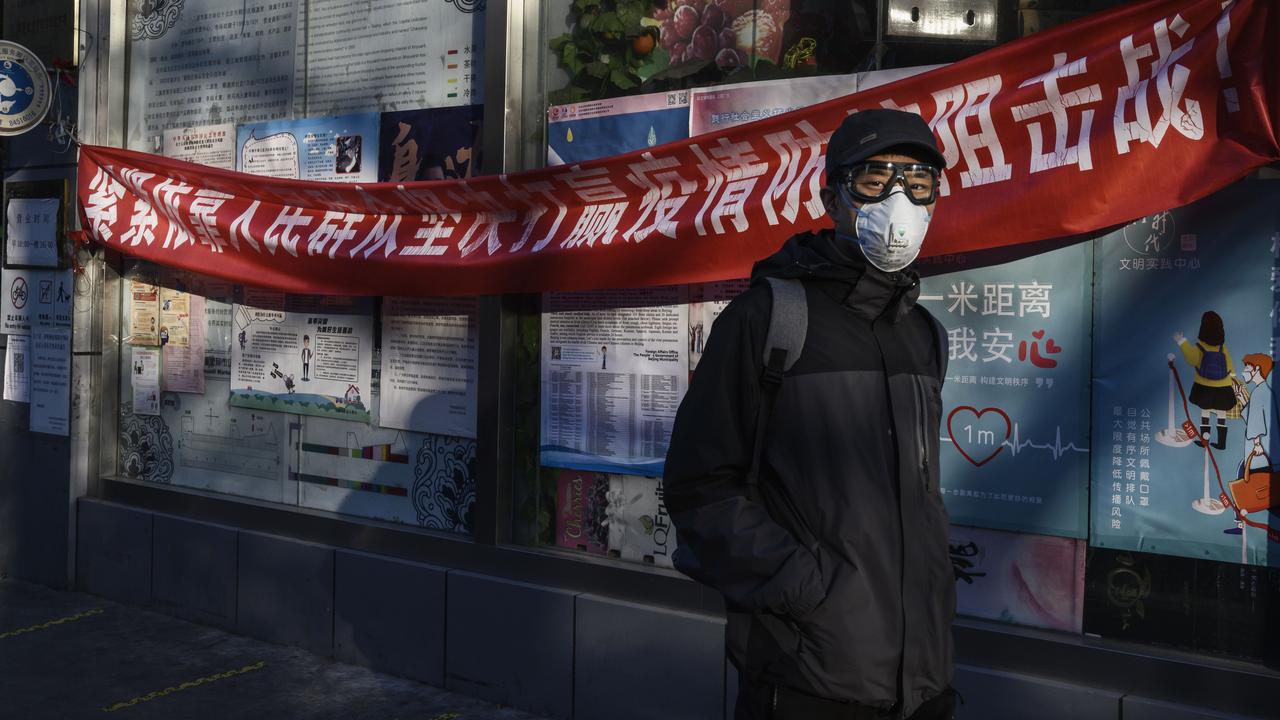
MONGOLIA
While it’s not one of the most popular destinations for Australian travellers on this list, the Australian government has raised its advice level for Mongolia due to the risk of coronavirus and the poor standard of medical care in the Asian country.
While there have been no recorded cases of coronavirus in Mongolia, concerns are heightened due to its shared border with China. Even the Mongolian President has been put in quarantine amid fears of the virus spreading.
DFAT now advises travellers to exercise a high degree of caution in Mongolia.
“The standard of medical care is poor,” the department advises. “Many flight services have been suspended.
“In recognition of these circumstances, the Foreign Minister has offered to support the voluntary departure of dependants of Australian embassy staff.”
DFAT said travellers who have been to or transited through China, Hong Kong, Macau, Taiwan, South Korea, Italy, Japan or Iran in the 14 days before their arrival in Mongolia will see them denied entry.
“Contact your airline, tour operator or nearest Mongolian embassy for the latest information,” the department said.
Late last month Mongolia’s President Battulga Khaltmaa and other government officials were placed in quarantine for 14 days after returning from a diplomatic visit to Beijing.

